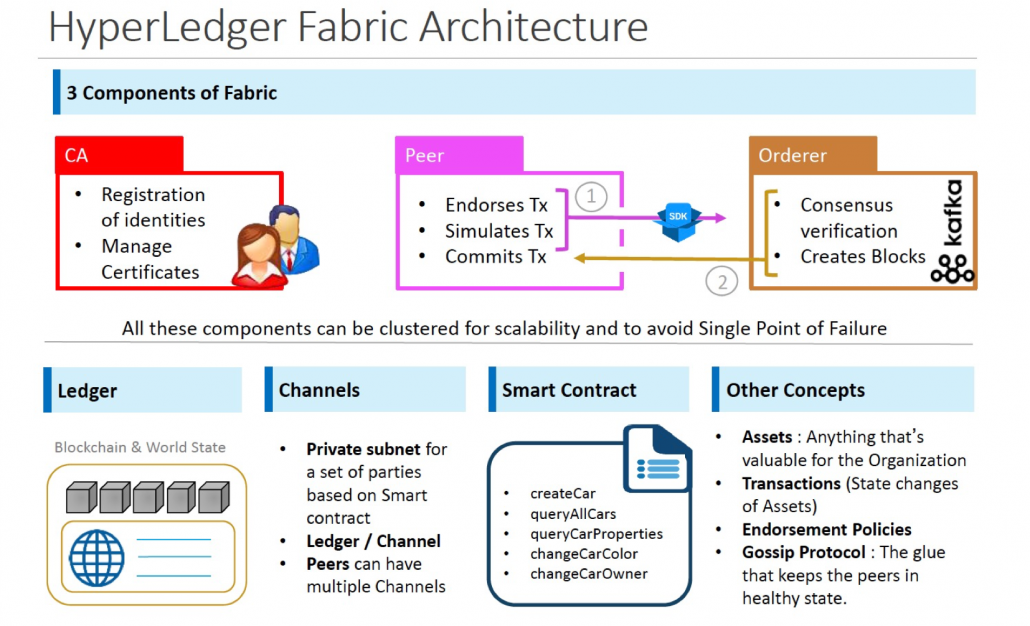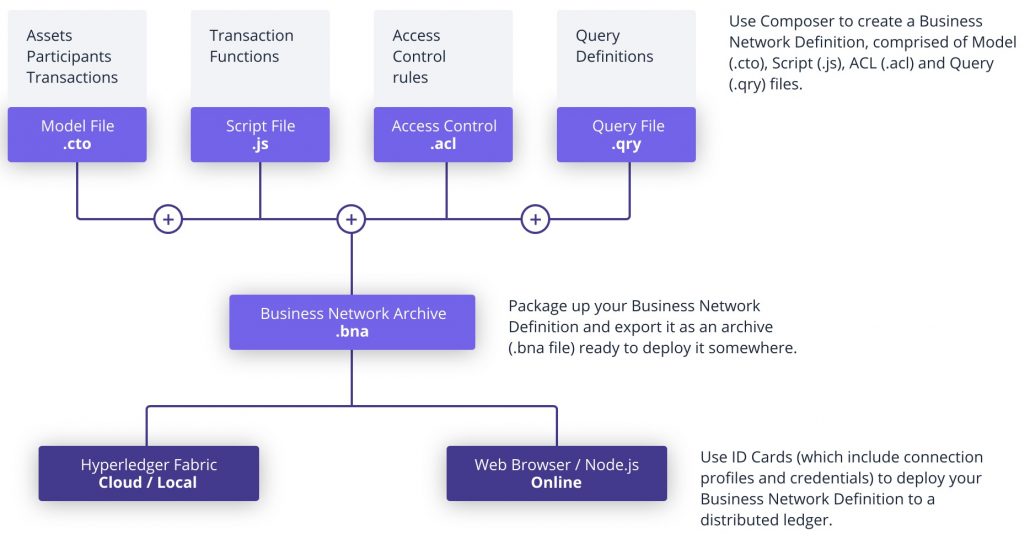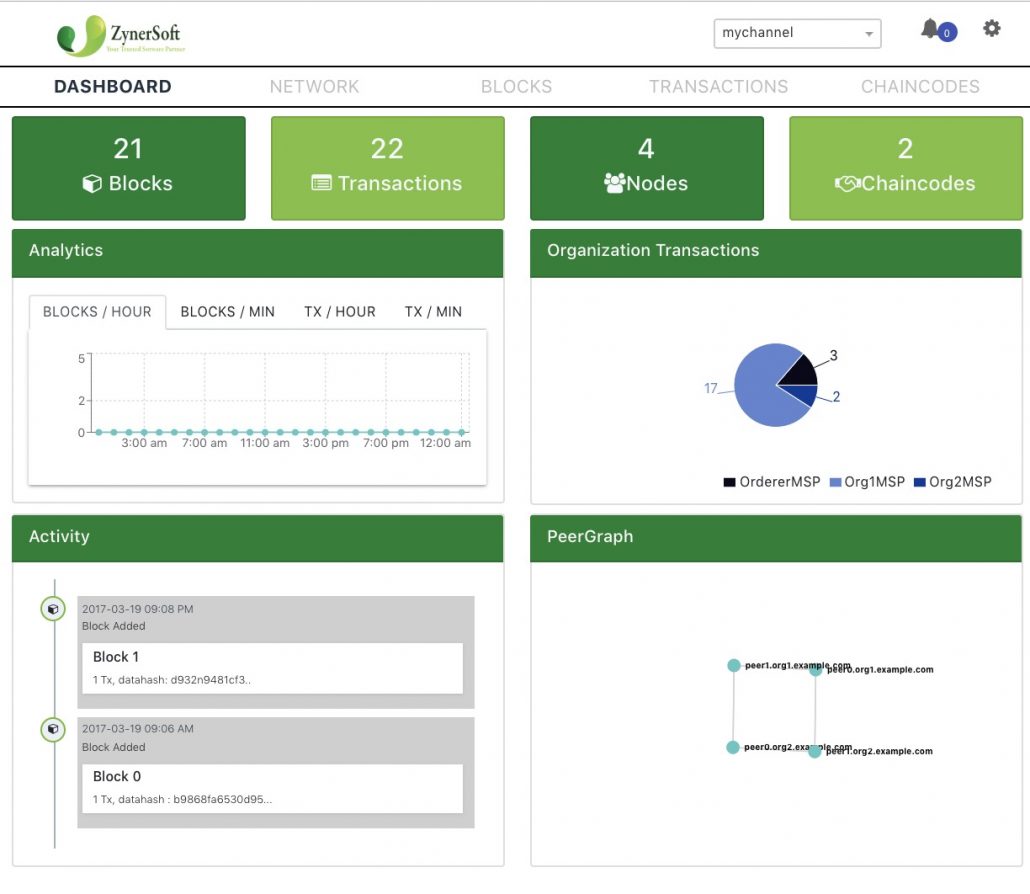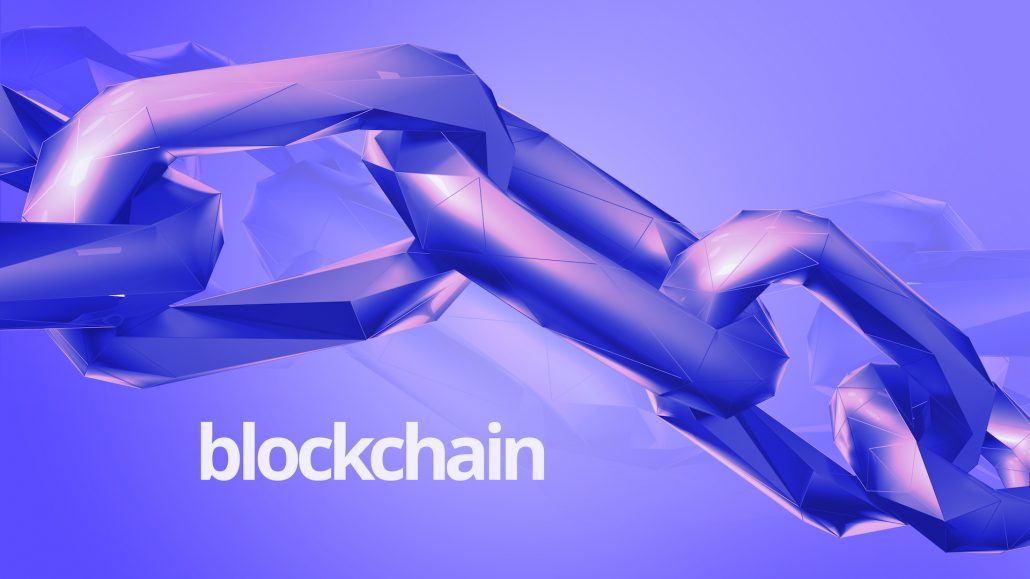ZynerTrail – tells where your product is from on blockchain
ZynerTrail
I am excited to announce that our first blockchain product “ZynerTrail” is out in the market. It is a generic blockchain platform to trace the origin and properties of your products in real time.
Advantages over Traditional Approach
In the past, we used to record all properties, log, history, etc of a product using a traditional database. This “centralized” approach comes with the following drawbacks:
- Usually, only one party is responsible for managing the data
- If the single party changes the data, there is no way for users to know who, when and what are changed
- If the single platform is down, data will not be available.
Blockchain technology can address these issues with the following properties:
Immutable – data can’t be changed once created
Traceable – track who create/change/delete and when
Transparent – data owned/managed by parties with permission
Available – platform de-centralized without service down-time
User Cases
Below are 2 real life examples that make sure of our product:
1. Food Safety
- Scan QR code using your mobile or type in serial number on desktop

- Properties and production history of product displayed

2. Branding for Premium Goods
- scan the QR code printed on your product
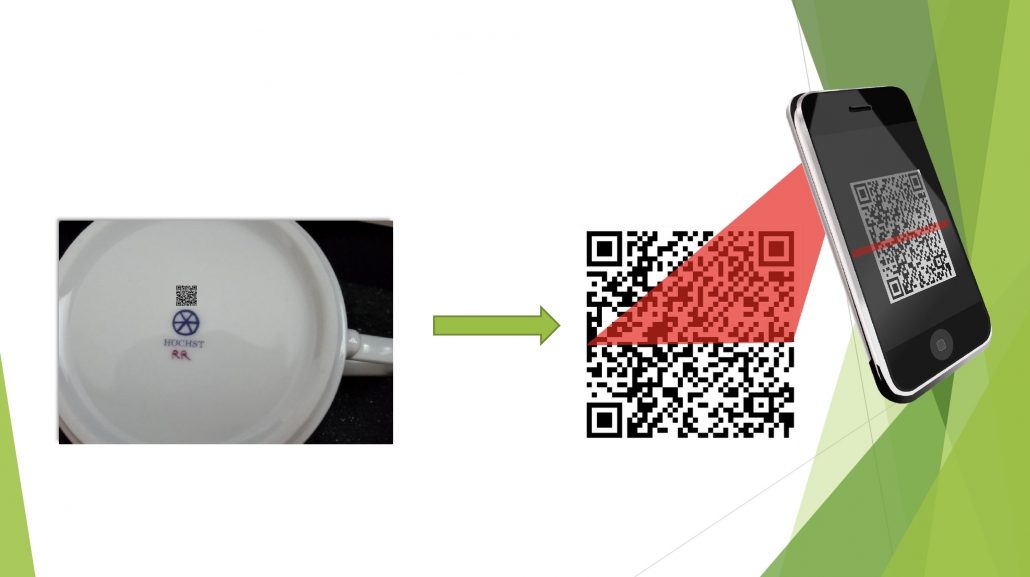
- display the timeline of your product (e.g. who’s the artist, participate in which exhibitions, what award it received, etc)
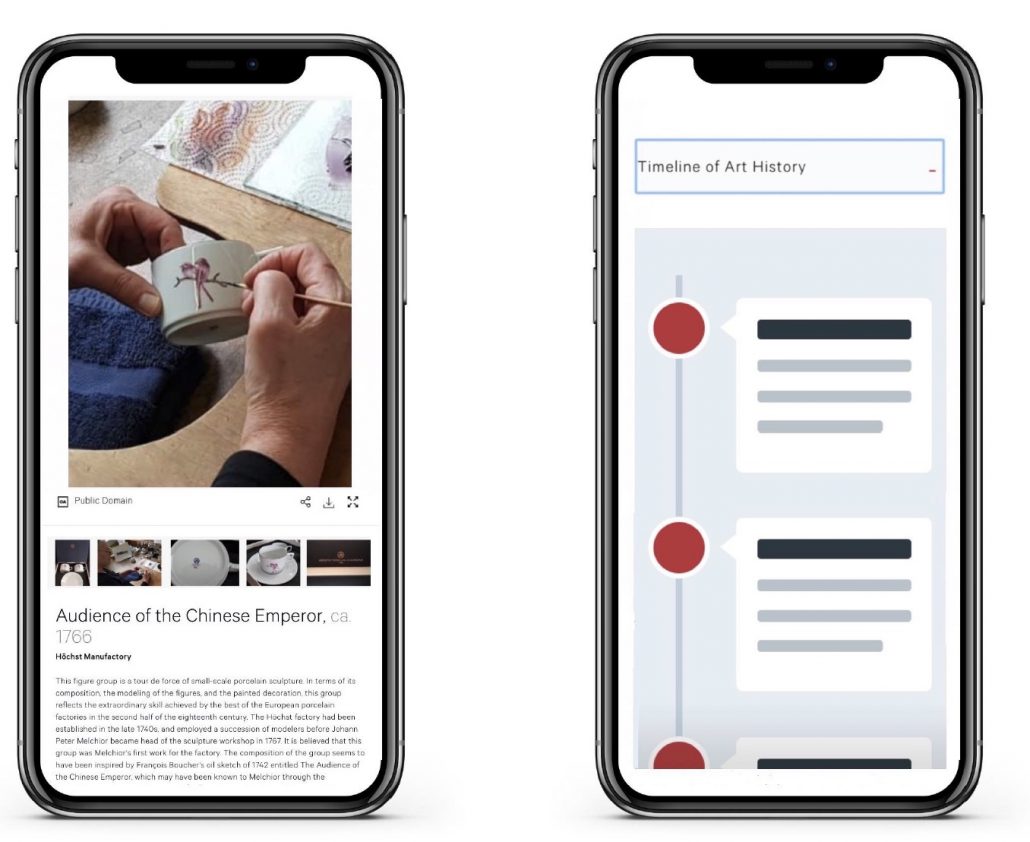
- link to articles which further describe your product
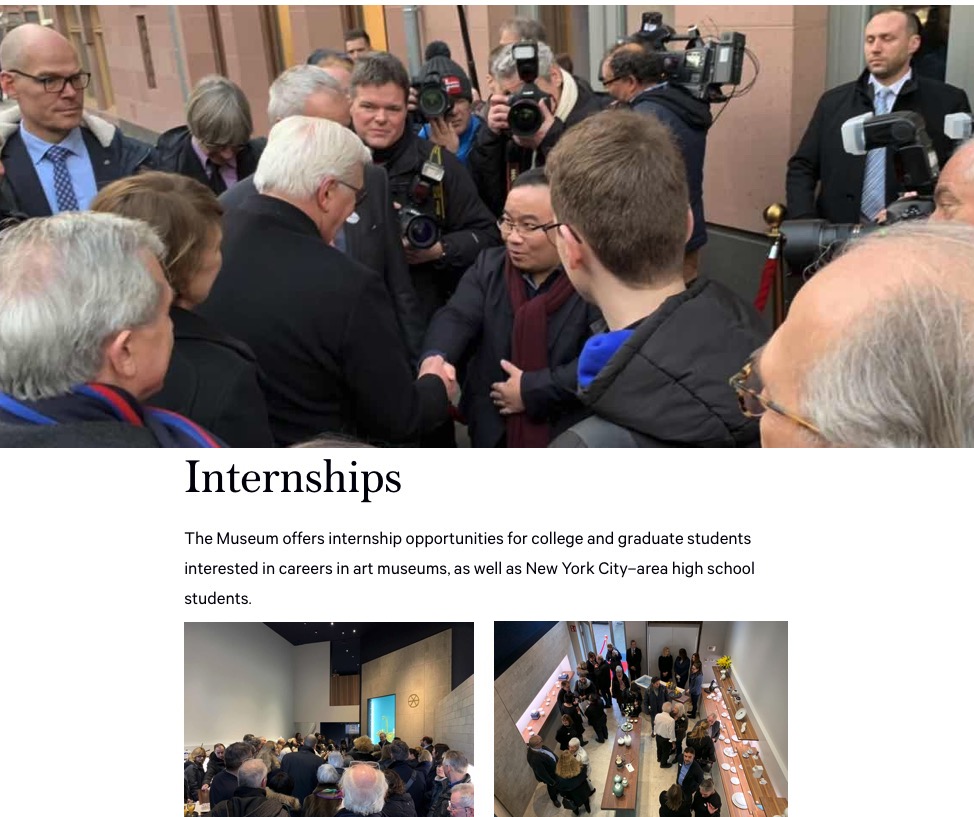
- up-sell/cross-sell other products
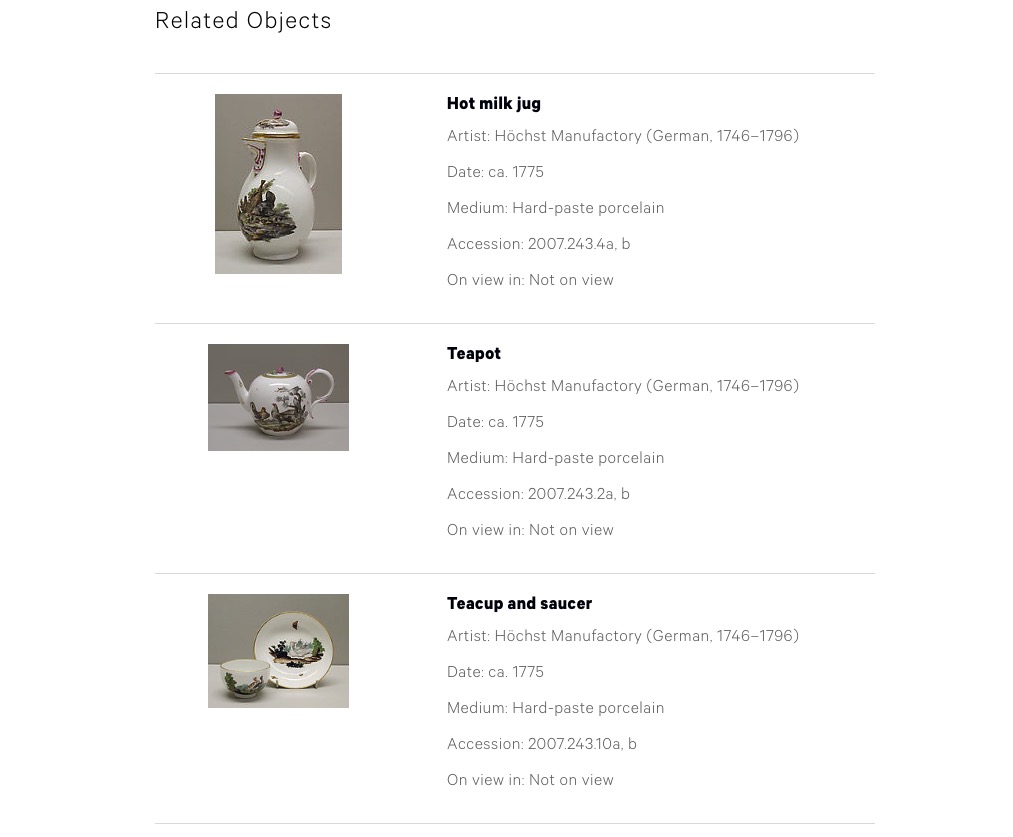
Of course, our blockchain product can apply to any industry (e.g. Supply Chain, Retail & Consumer Goods, Banking & Finance, Healthcare, Education…… )
Customization
Our product can be customized in just 3 simple steps.
Step 1. Frontend Presentation
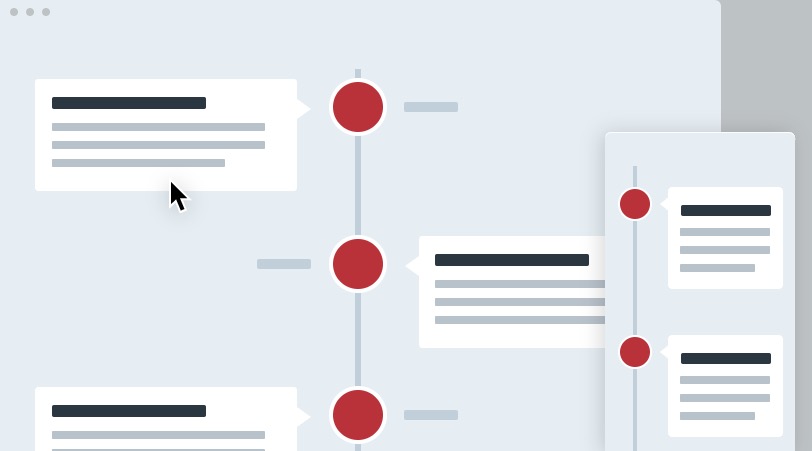
Firstly and most importantly, need to define how to present your product. For example, it can be a timeline that shows the history of your product on mobile or web.
Step 2. Define Data Model
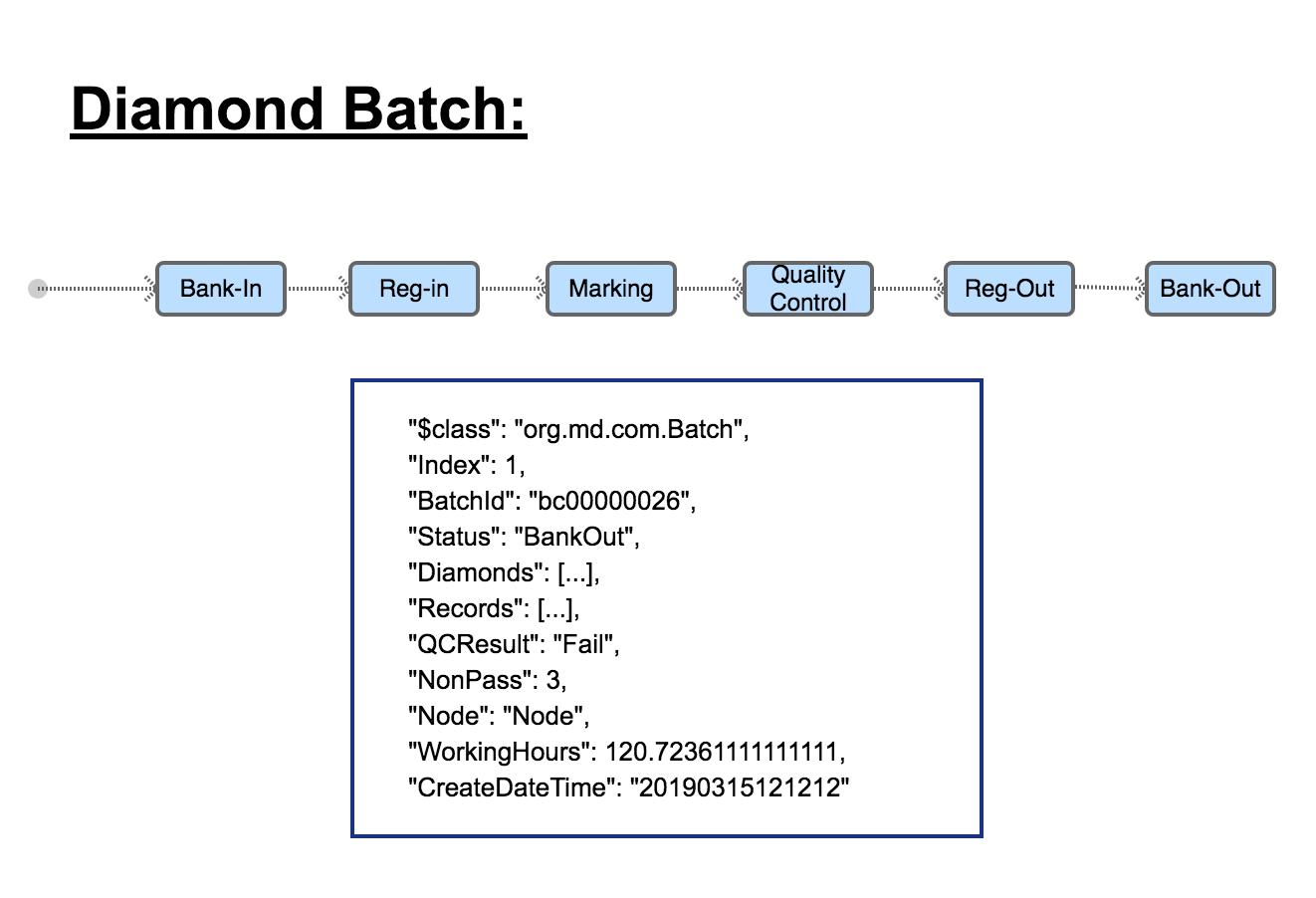
Secondly, need to define the data that need to store in the blockchain, in what format it should exist and how they should link to each other.
Step 3. Make Back-end Adaptations
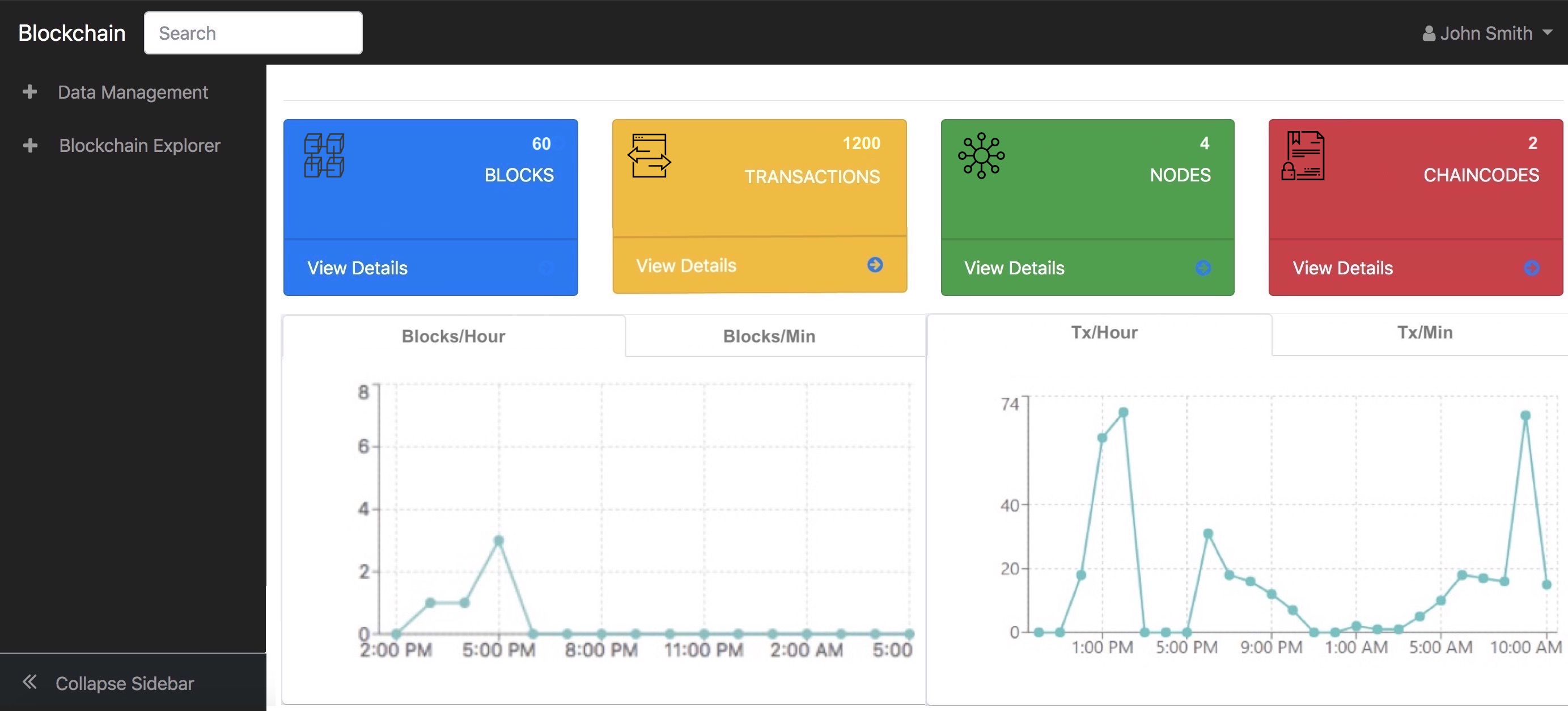
Finally, we need to customize the back-end admin system so that data can be managed easily. API is available as well to add/modify/delete blockchain data in batch mode.
Behind the scene
Though the end-product looks simple, the technologies behind are quite involved. To give you a simplified picture, our platform consists of the following components:
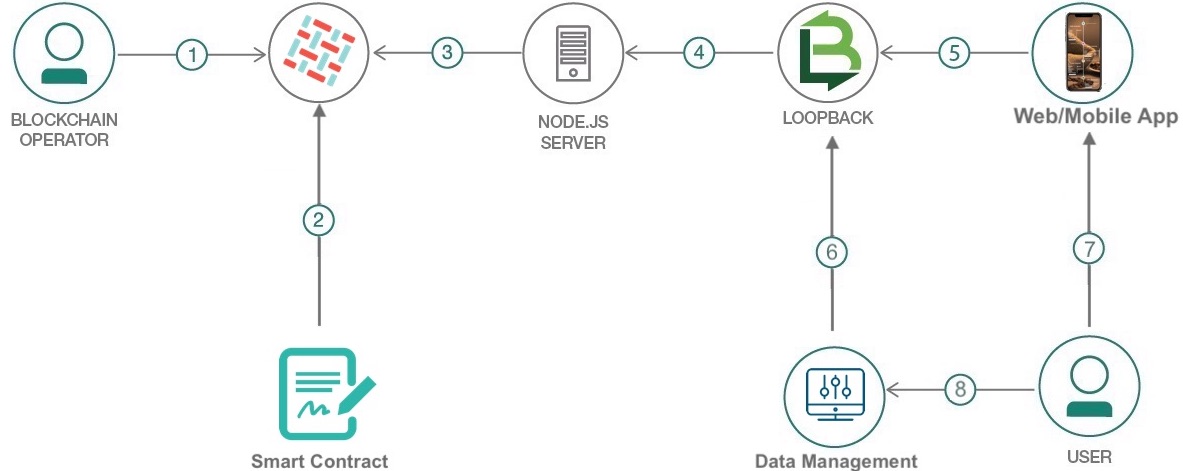
- Blockchain infrastructure
- Smart Contracts
- Dapp
- Frontend Mobile/Web Applications UI
- Backend Admin
Blockchain As A Service (BAAS)
Out of the above components, the investment on building the “Blockchain Infrastructure” is the highest. To give you an idea, a minimal up and running blockchain infrastructure should consists of:
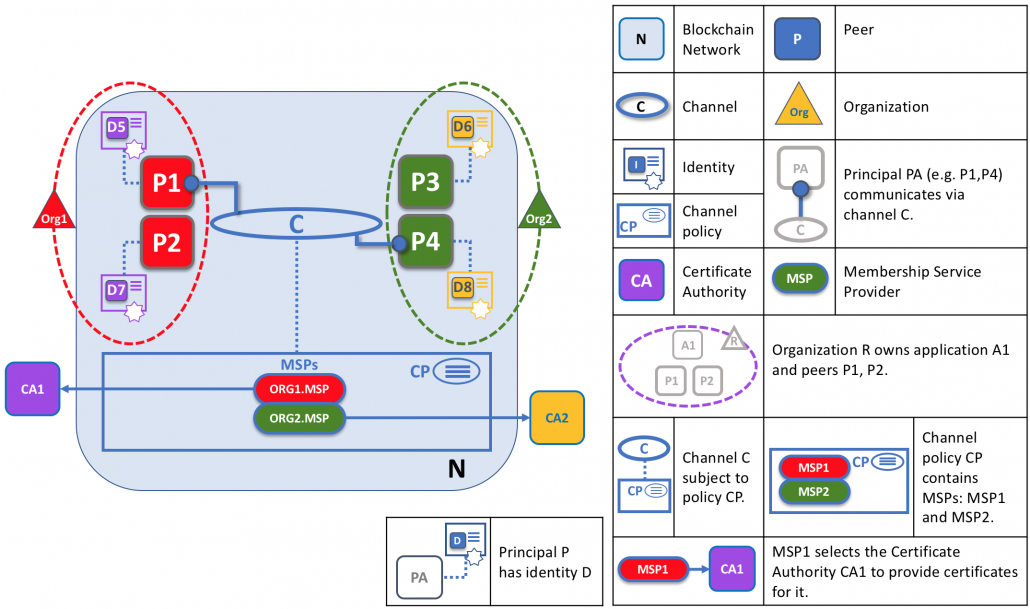
1. Orderer
2. Certificate Authority
3. Messaging System (e.g. Kafka+Zookeeper)
4. State DB (e.g. CouchDB)
5. Peers
6. Command Line Interface
We have addressed this issue by offering Blockchain as a Service. We can setup “channel” and “peer” nodes for your company on the fly. The service is charged on monthly basis. In this way, you can minimize your upfront investments on blockchain technologies. And when your service expands, you can add more resources on top or even build your own blockchain infrastructure.
Contact Us
Interested to add more values to your products using the latest blockchain technologies? Please don’t hesitate to contact us. We are reachable anytime at www.zynersoft.com.

